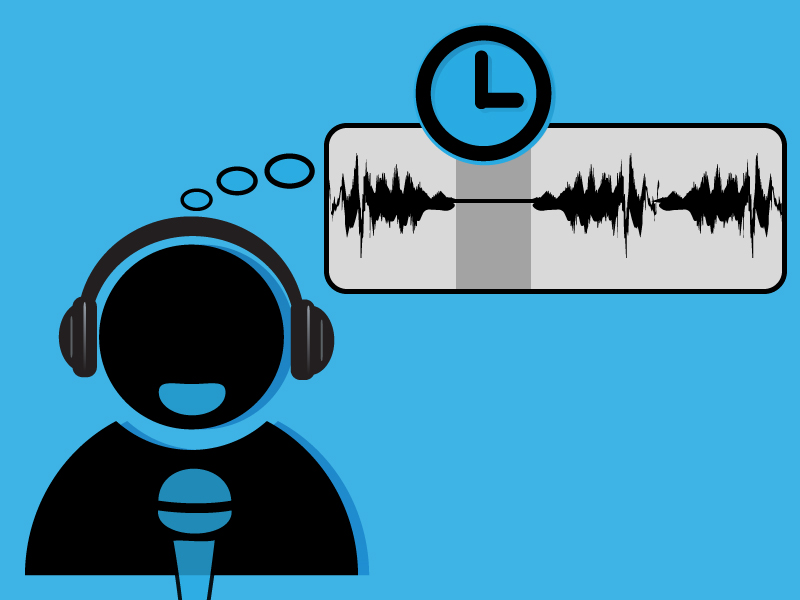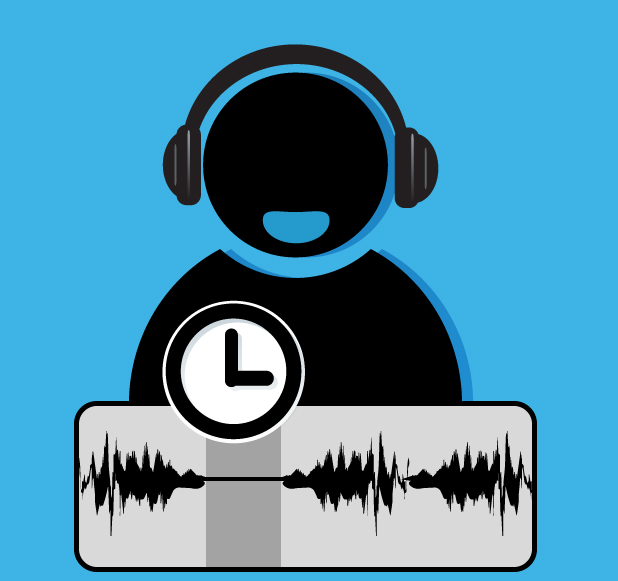Timing is crucial in the VO business. Particularly when producing your demo. When you are ready to do your demo you will need to make sure that the timing is spot on or you could be wasting your time and effort. The best advice we can give you is keep it short. Around 60 to 90 seconds for each demo is your optimum length.
Another piece of advice is to create a separate demo for each genre. Variety is key. This may mean that you have to create quite a few demos but that’s a good thing. The more demos that you have, the more you increase your chances of getting work.
Creating separate demos for narration, commercials, e-learning, radio etc will mean that your demo is more likely to be listened to by the VO client who might be looking for something specific. If a client needs a voice over for e-learning they do not want to sit and listen to your commercial voice overs or radio imaging. You’ll be wasting their time and that’s something you can’t afford to do. Especially if you are putting your demos on pay 2 play sites where it can be pretty competitive to get yourself heard.

Making your demos too long is another error that you should avoid. Joe Bevilacqua insists that keeping it short is your best friend. He explains that your demo will have a better chance of standing out to producers if you can put in everything you want them to hear in a shorter recording. It takes less of their time, and shows your commitment of ‘getting straight to the point’. Keep in mind they have lots of other demos to listen to so a generous short- and -sweet demo will stand out. You will want to show versatility within a short amount of time. Pick a few scripts that you feel reflect your abilities best, and then precede to choose the one you feel takes the least amount of time and has the most versatility.
Here are a few tips about the timings for your demos:
Include around 5 to 10 short snippets or ‘spots’ on your demo.
- Keep these ‘spots’ around 4 to 12 seconds long.
- You can be a bit more flexible for narration and audio book demos – the ‘spots’ can be up to but no longer than 25 seconds.
- Make sure that your demo speeds along with no silence between each ‘spot’
- Avoid ‘fade-ins’ and ‘fade outs’ between the spots. Not necessary.
- Have each ‘spot’ shunted right up to the next ‘spot’ in front of it so that it all flows seamlessly.
- Using ‘cross-fades’ between ‘spots’ is fine – this is when the next spot overlaps and starts just as the previous spot is finishing.
When recording your demo, more than anything you want it to make an impression! Recording in a professional studio ensures that you get the quality a client expects. That means no reflections (bathroom sound) in the audio, no shhh low-frequency noise and don’t compress it too hard. Avoid a dynamic mic and use a true condenser, cardioid-pattern mic. If you have those conditions in your homestudio, including a soundproof booth, then you have what it takes to record the demos and the real gigs.
Once your demos are completed get them on to your website so that they can be listened to instantly as streaming audio; store on your hard drive as MP3 files so that you can send them to potential clients.
Producing demos is challenging but also great fun so don’t panic about it. Your demos are what will get you work so take the time to do it right and you will yield the benefits.

RT @DirectVoices: Good #Voiceover Demos = Timing + Variety http://t.co/eQvHEufERD
Absolutely sound advice, Constantino. I think by now I have learned to tick many of those boxes, and my demos do get played in the cut and thrust of P2P and result in work.
All I might add is work to be very audible: so if you make your own demos use well-adjusted compression (no slap, no holes) and perhaps very careful peak limiting as well, but aim at a fairly natural sound as would any good studio.
I’m not sure whether one should peak to the usual minus 3dB (I always do) or whether to push it just a bit higher to stand out alongside other punters?
Any suggestions on that?
Another thing that can really help your demo stand out is to use scripts for things that are popular now. Try re-recording commercials that have aired recently for products that are in the market currently (at least for a commercial demo. Yes, your timing is relevant, but not JUST in the length of your demos, but in the substance too.
Jeremiah Hartmann liked this on Facebook.
Tracy-Ann Leith liked this on Facebook.
Gigi Zamudio liked this on Facebook.
Kym Biggs liked this on Facebook.